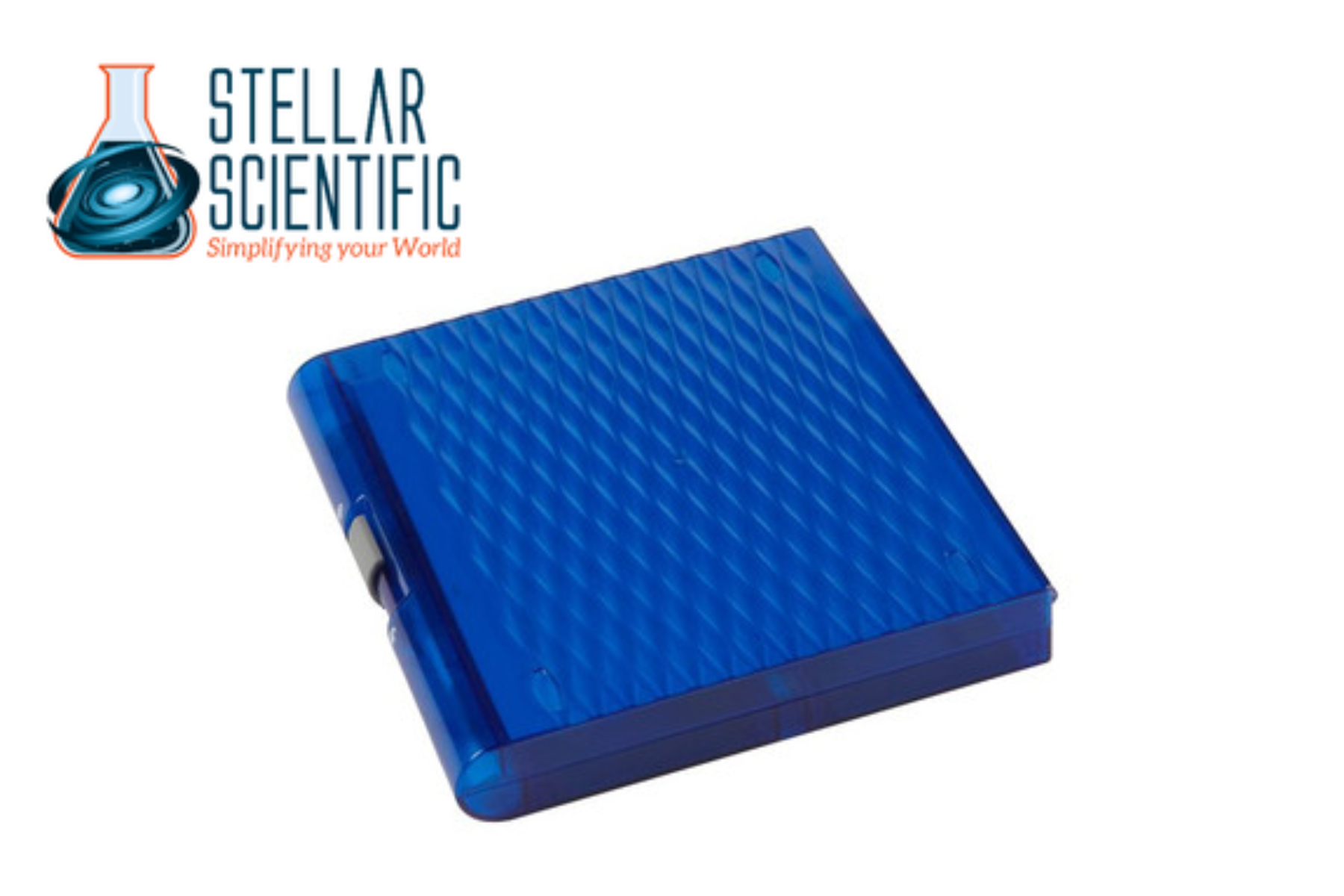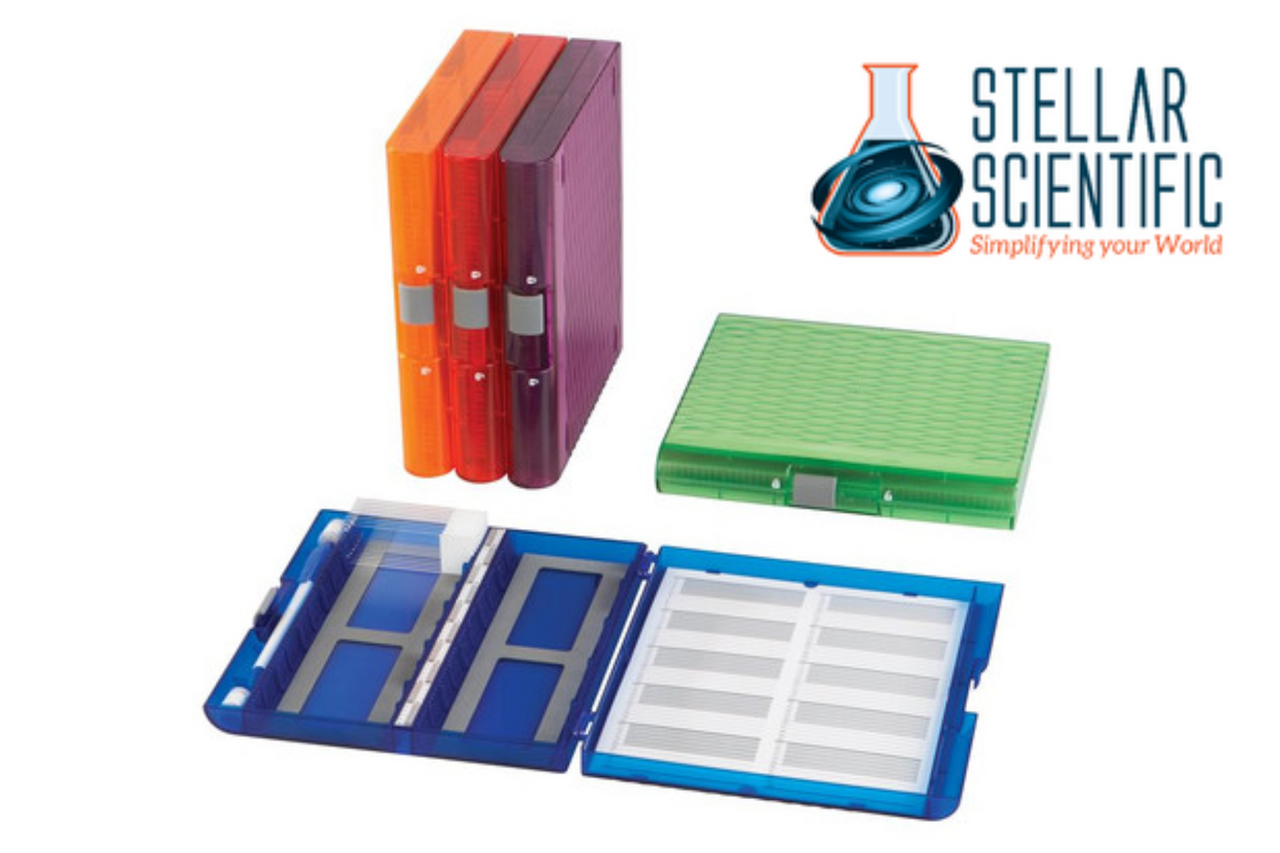Microscope slides are essential components in nearly every laboratory setting, from pathology labs and research institutions to classrooms and industrial facilities. The quality of a slide can significantly impact the clarity, reliability, and reproducibility of results. But with numerous slide options on the market ranging in material, design, and cost, it’s important to understand what differentiates one from another.
In this guide, we’ll compare microscope slides based on three core criteria: clarity, strength, and price. These factors not only affect how a slide performs under a microscope but also influence workflow efficiency, long-term cost, and the safety of your lab environment.

Why Slide Quality Matters
At first glance, a microscope slide may seem like a simple piece of glass. But in practice, slide quality directly impacts the accuracy of observations and the integrity of sample preparation. Inferior slides can result in:
- Poor optical clarity, obscuring microscopic details
- Cracking or chipping under stress or heat
- Contamination from poorly cleaned or coated surfaces
- Unreliable adhesion of samples or staining reagents
Selecting the right slide isn’t just about meeting a budget, it’s about choosing equipment that supports your lab’s goals with precision and reliability.
Clarity: Seeing the Full Picture
Optical Clarity Grades
Laboratory microscope slide clarity depends heavily on the glass type and manufacturing process. High-grade optical glass offers minimal distortion, superior light transmission, and a flat, uniform surface. These characteristics are critical for applications requiring high-resolution imaging, such as histopathology or cytology, ensuring accurate results every time.
Common clarity levels include:
- Standard Soda-Lime Glass – Suitable for general use, teaching labs, and non-critical applications. Offers good clarity but may have minor optical distortions.
- Borosilicate Glass – Provides better clarity and thermal resistance than soda-lime. Often used in research and clinical settings.
- Low-Iron Glass (Optiwhite) – Ultra-clear glass with excellent light transmission, especially useful for fluorescence microscopy or digital imaging applications.
Surface Uniformity
Surface quality also plays a major role. Higher-end slides are polished and cleaned to ensure minimal particulate matter or streaks, which can interfere with microscopic evaluation. Anti-reflective and hydrophilic coatings may also be applied to enhance image quality or facilitate uniform staining.
Strength: Durability Under Pressure
Mechanical Strength
Microscope slides must endure the rigors of lab workflows: repeated handling, heat exposure during staining, and potential contact with instruments. Strength depends largely on material thickness and the type of glass used.
- Standard Thickness (approx. 1.0 mm) – Adequate for most everyday lab tasks, but may be prone to breakage under pressure.
- Thick Slides (1.2–1.5 mm) – Increased durability, preferred in high-throughput labs or where automated coverslipping is used.
- Tempered or Chemically Strengthened Slides – Offer additional resistance to cracking, especially important in automated systems or heat-intensive processes.
Thermal and Chemical Resistance
Slides used in histology or microbiology are often exposed to heat and chemicals. Borosilicate glass stands out here, offering superior thermal shock resistance and chemical durability compared to soda-lime glass. This makes it ideal for applications such as Gram staining or paraffin embedding.
Slides with hydrophobic coatings are also less likely to retain contaminants and are easier to clean and reuse if necessary.
Price: Balancing Cost and Performance
Economy Slides
Basic soda-lime glass slides are the most cost-effective choice. These are ideal for teaching labs, general biology experiments, or any application where ultra-high clarity isn’t required. They often come in large packs, bringing down per-slide costs.
However, their lower durability and clarity may lead to higher replacement rates or compromised results in precision settings.
Mid-Range Slides
Slides in this category usually feature borosilicate glass or enhanced coatings for better durability and clarity. While slightly more expensive per unit, they offer better performance and longer lifespan, making them a better value over time for clinical and research environments.
Premium Slides
These slides are designed for high-stakes applications. Often made from ultra-clear glass and coated with specialty treatments (adhesive, hydrophilic, or anti-fog), they support advanced microscopy techniques and automated systems. Though priced higher, they provide unmatched consistency and minimize the risk of sample loss or poor imaging.
In choosing the right slide, it’s essential to consider the total cost of ownership, not just upfront pricing, but also the time, reliability, and results you get in return.
Additional Considerations
Frosted vs. Unfrosted Ends
Frosted slides offer a writable surface for sample labeling with pens or pencils. This is crucial in clinical workflows where sample identification must be clear and resistant to solvents or staining reagents.
Unfrosted slides offer a fully transparent surface, preferred when edge-to-edge imaging or coverslip mounting is required without obstruction.
Pre-Cleaned and Sterile Options
Many high-quality microscope slides are available pre-cleaned to remove dust and residue, saving time and reducing the risk of contamination. Sterile slides, often individually wrapped, are essential for microbiology or cell culture applications.
Coated Slides
For samples that need to adhere to the glass (e.g., tissue sections), coated slides provide additional adhesion properties. Common coatings include:
- Poly-L-Lysine
- Silane
- Charged Surfaces
These prevent sample detachment during staining or rinsing, particularly in immunohistochemistry or paraffin sectioning workflows.
Choosing the Right Slide for Your Lab
Ultimately, the best microscope slide for your application depends on the specific demands of your workflow:
- For educational labs or simple biological studies – Economy soda-lime slides are suitable.
- For clinical diagnostics, histology, or research imaging – Mid-range to premium borosilicate slides offer clarity and reliability.
- For automated systems or specialized imaging – Opt for premium slides with consistent thickness, strong adhesion coatings, and excellent optical properties.
Labs focused on quality control, accurate diagnostics, and high-throughput processing benefit significantly from investing in premium-grade slides. Meanwhile, teaching institutions and less-intensive research setups may prioritize budget-friendly slides without sacrificing usability.
About Stellar Scientific
Stellar Scientific is your trusted partner for reliable, high-quality laboratory supplies and equipment. Our microscope slides are sourced for precision, durability, and clarity to meet the diverse needs of academic, clinical, and industrial labs. In addition to microscope slides, we offer a full line of lab essentials, including reagents, labware, personal protective equipment, and environmental monitoring tools.


